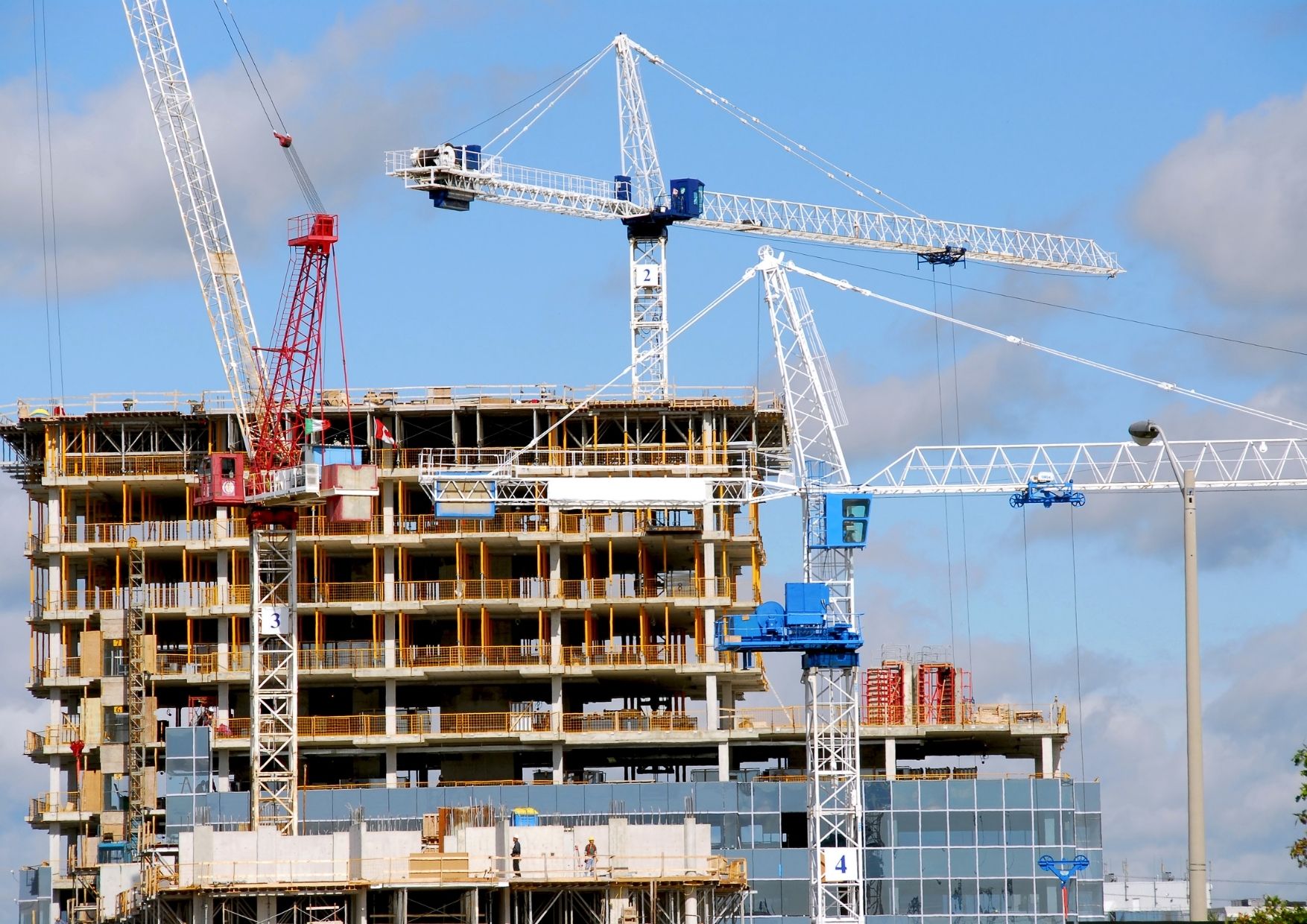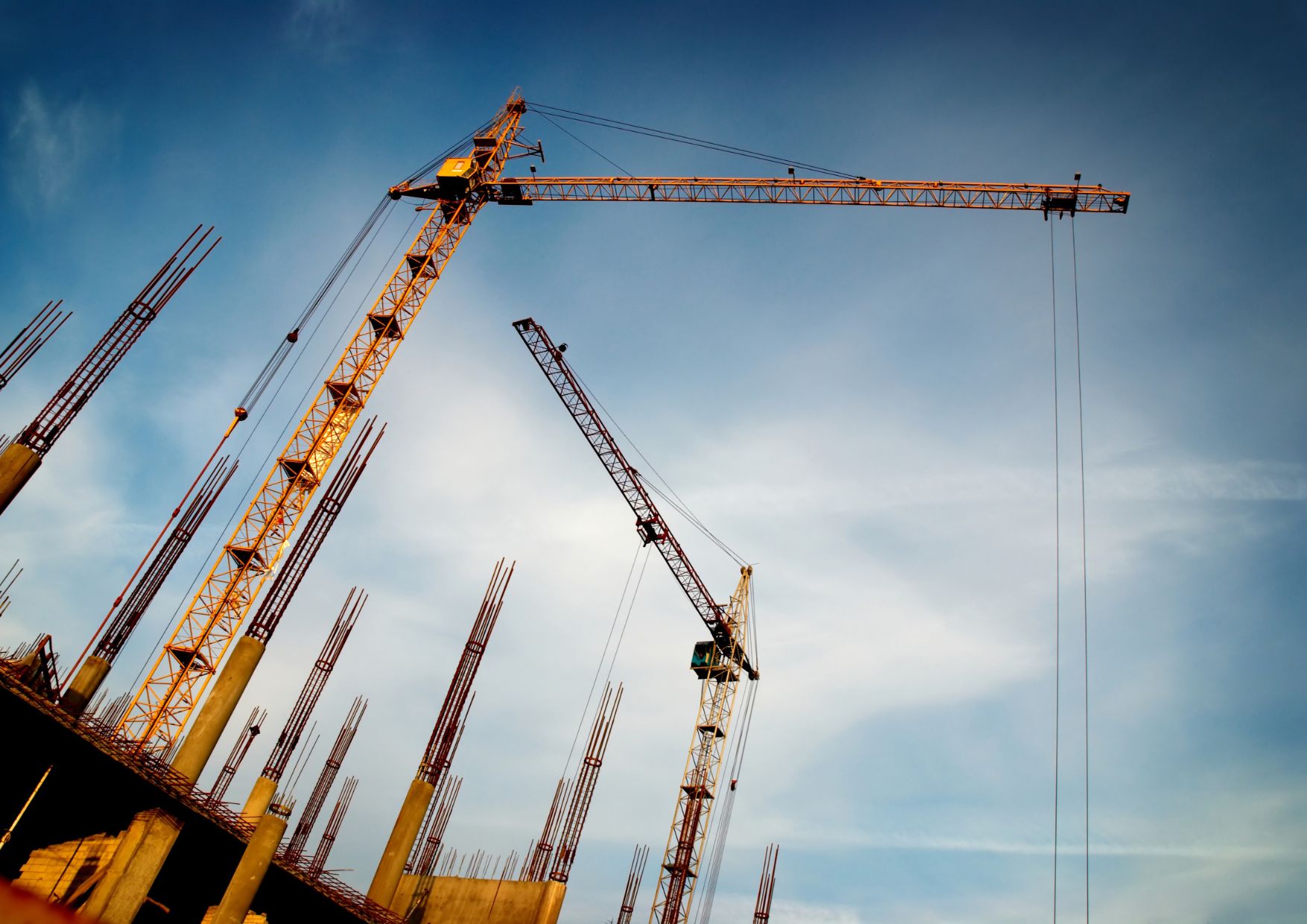How to Choose an Earthquake-Resistant House?
Ara 20 2024

Living in a country like Turkey, which is located on active fault lines, means that the risk of earthquakes is an inevitable part of life. Therefore, living in an earthquake-resistant home is crucial to protecting both lives and property. In this guide, you will find comprehensive information on how to ensure that a home is structurally sound against earthquakes, what to look for when buying or renting, and which construction techniques and materials offer significant advantages.
Why is Earthquake Resistant Important?

Earthquakes are natural disasters that can cause great destruction in a very short time. Therefore, the importance of living in earthquake-resistant housing cannot be emphasized enough.
Life Safety: A building designed and constructed in accordance with appropriate codes minimizes structural damage during an earthquake, significantly increasing your and your family's chances of survival.
Financial Protection: An earthquake-resistant home is better able to maintain its structural integrity during earthquakes, helping to avoid serious and costly repairs afterward.
Long-Term Investment Value: Homes built to earthquake codes are less susceptible to losing value over time, making your property a safer, long-term investment.
What to Consider When Choosing an Earthquake-Resistant House?

The first step in choosing an earthquake-resistant home is to carefully study the technical specifications of the home and related documentation.
Soil Investigation Reports: The geological and geotechnical properties of the terrain directly affect the seismic performance of a building. A solid foundation with high load-carrying capacity can better distribute seismic forces throughout the structure. Always ask for soil investigation reports when buying or renting.
Compliance with Earthquake Regulations: The Turkish Earthquake Law sets certain standards to increase a building’s earthquake resistance. New structures constructed with appropriate design and materials can generally withstand earthquakes of magnitude 7 or higher with minimal damage.
Building Inspection and Documentation: Review project documents, inspection reports, building permits, and certificates of occupancy approved by contractors, architects, and structural engineers. These documents reflect the building's quality standards and ensure that construction is managed by professionals.
Basic Structural Elements and Construction Techniques

One of the most critical factors determining the earthquake resistance of a building is the quality of the construction technology and structural elements used.
Raft Foundations and Tunnel Formwork Systems
Float Foundations: Float foundations, which cover the entire footprint of a building, distribute loads evenly across the soil. This approach balances seismic forces more effectively, reducing the risk of damage. When properly designed, a raft foundation system can perform well even in earthquakes of magnitude 7 or greater.
Tunnel Formwork: Tunnel formwork technology enables the rapid, error-free and standardized production of load-bearing elements such as columns, beams and shear walls. This results in a more unified and robust structural system.
The Role of Columns, Beams and Shear Walls
Columns: These vertical load-bearing elements play a critical role in transferring loads between floors. High-quality concrete and proper reinforcement increase a column's ability to withstand earthquakes.
Beams: Acting as horizontal connectors between columns, beams balance vertical and horizontal loads. The durability of beams is vital to maintaining the overall integrity of the building during an earthquake.
Shear Walls: Shear walls, which are generally used in high-rise buildings, increase the rigidity of the building by spreading seismic forces over large areas. This makes the structure more resistant to horizontal earthquake forces.
Could You Prefer a House Without Columns?
Although column-free designs are possible for single-story, lightweight structures, omitting columns and shear walls in multistory buildings seriously compromises earthquake resistance. Properly placed, sufficient number, and appropriately sized columns are essential in multistory structures.
Location, Soil Selection and Soil Quality

When buying a house, do not limit your evaluation to the structural features of the building; its location, the floor level you choose and soil characteristics are also very important.
What's More Important During an Earthquake: Soil or Building?
Both are equally important. The ideal combination is a building built to seismic codes and set on solid ground. Soft or reclaimed soils can increase shaking and place additional stress on the structure. Always examine the geological characteristics of the soil before making a purchasing decision.
How Can I Determine If My Soil Is Durable?
You can request soil survey reports from local municipalities, universities or building inspection companies. These reports will detail the seismic behavior of the soil, its load-bearing capacity and possible liquefaction risks, guiding you to make an informed decision.
Which Floors Are Safer During an Earthquake?
There is no hard and fast rule, but the general consensus is that mid-level floors may experience slightly less seismic activity. However, the primary criterion is that the entire building is designed to be earthquake resistant. Floor level alone is not a reliable indicator of safety; what is important is the building’s overall compliance with the code.
Which Floors Should I Choose When Buying a House?
Middle floors may feel a bit more stable in terms of shaking. However, prioritize construction quality, durable materials, skilled engineering services, and thorough building inspections before considering floor selection. Even the ground floor poses a significant risk if the building is unsafe.
New Buildings, Earthquake Regulations and Compliance Checks

Newly constructed buildings designed with current earthquake regulations in mind generally offer a safer living environment.
How Damage Resistant Are New Buildings?
Buildings designed to current earthquake codes promise a certain level of structural performance even in very large earthquakes, but the real-world outcome depends on the diligence of the contractors, structural engineers, architects and inspection firms involved in the construction process.
How to Verify Compliance with Earthquake Regulations
Government Enquiries: For information about a building's compliance, contact the Ministry of Environment, Urbanization and Climate Change and local municipalities.
Building Inspection Reports: Review reports from certified inspection firms to confirm that construction is being carried out in accordance with regulations.
Expert Opinions: Hire an independent structural engineer or architect to analyze the building's seismic performance.
Document and Permit Reviews: Review approved blueprints, building permits, occupancy certificates, and material test results to measure building quality standards.
Additional Measures to Increase Earthquake Resilience

You can improve your existing structure or make your newly purchased home safer with various improvements.
Building Reinforcement Works
Column and Beam Covering: Covering the load-bearing elements with additional materials can increase their strength.
Carbon Fiber Applications: Lightweight, strong and flexible carbon fiber materials increase the durability of columns, beams and shear walls.
Steel Member Additions: Adding steel support members at critical points further strengthens structural integrity.
Insurance and Investment Value
Compulsory Earthquake Insurance (DASK) provides extra financial security against possible damage after an earthquake. Additionally, an earthquake-resistant home maintains or increases its value over time, making it a safer long-term investment.
Choosing an earthquake-resistant home is not just about real estate; it is about securing your life and the lives of your family. Soil studies, compliance with seismic regulations, building inspection reports, quality building materials and professional expertise are essential criteria for a safe home. Keeping these factors in mind will help you be better prepared for potential earthquakes.
Remember, no matter how attractive a property's location, view or amenities are, its true value and reliability are measured by its performance during an earthquake. An earthquake-resistant home is the key to a peaceful and safe life.
Latest Posts
- Investment Property
- Estate Turkey
- Investment Real Estate
- Investment Turkey
- Istanbul Villas
- Luxury Estate Turkey
- Penthouse Istanbul
- Property For Sale Istanbul
- Property Investment Turkey
- Property Istanbul
- Property Turkey
- Real Estate Istanbul
- Real Estate Istanbul Turkey
- Real Estate Turkey
- Real Estate Istanbul Turkey
- Seaside Istanbul
- Turkey Real Estate
- Turkish Estate
- Turkish Home
- CITY DESCRIPTIONS
- Latest News
- Miami Real Estate

 House Amortization Periods with Rental Income: Istanbul, Bodrum, Dubai and Miami (2025)
House Amortization Periods with Rental Income: Istanbul, Bodrum, Dubai and Miami (2025)
 Real Estate Appraisal in Bodrum
Real Estate Appraisal in Bodrum
 Areas with High Rental Income in Istanbul
Areas with High Rental Income in Istanbul

